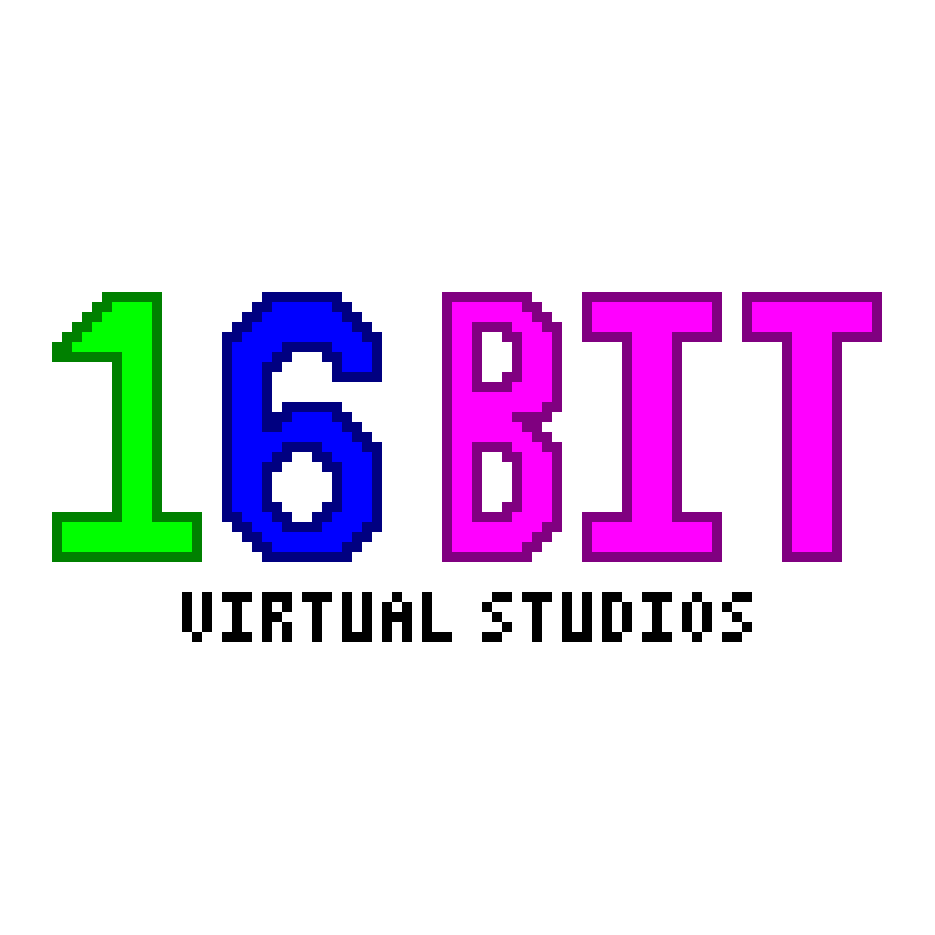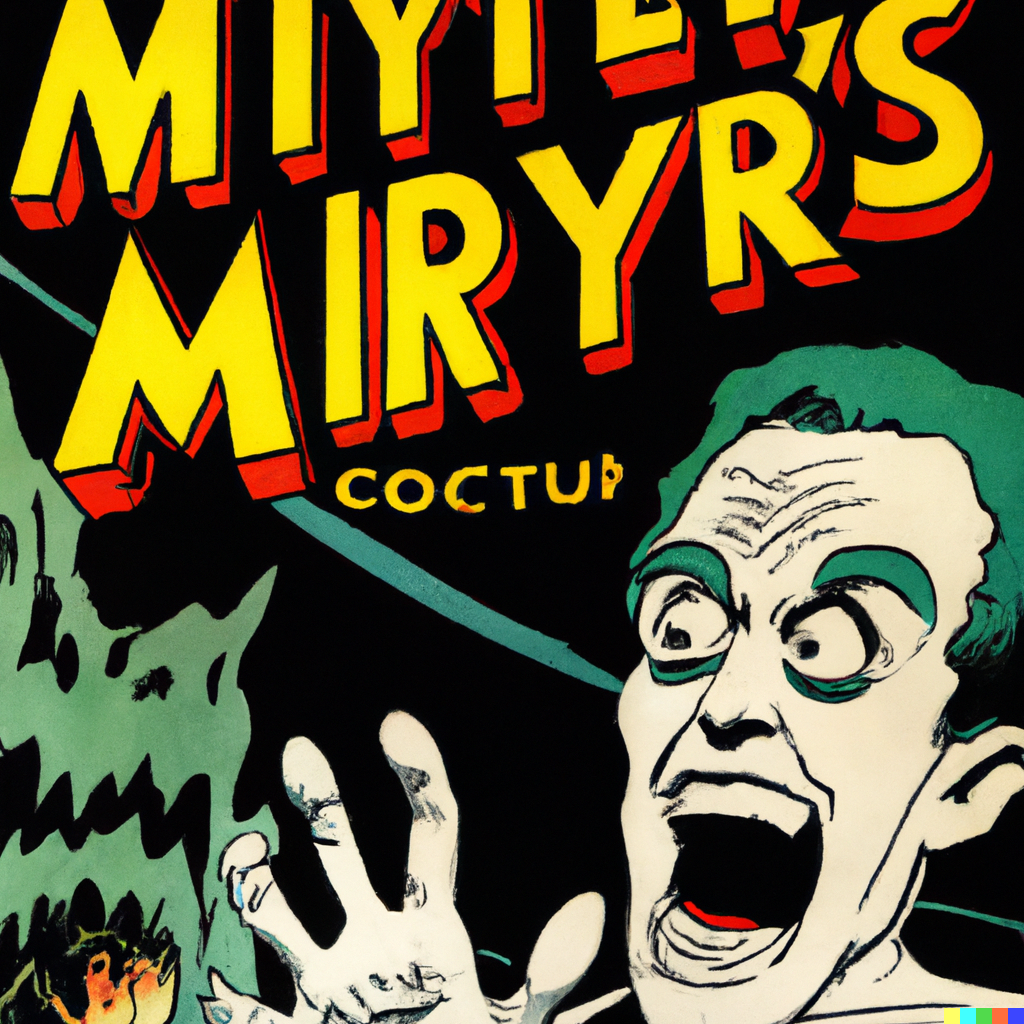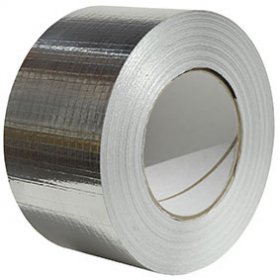Which one(s) and why?
I am now at NixOS. I like the reproducibility and immutability of the distro, but the documentation is far from great and configuring the OS you want is not that straightforward. I also don’t like that even though it has a great number of packages, they tend to be slightly outdated.
I am not sure if I will stick with it, but I really like that I can create very specialised configurations that are also portable. I am currently using KDE but I am thinking of switching to Hyprland once I get more comfortable around NixOS and home manager/flakes, as nothing beats tiling managers in my opinion.
I also settled on NixOS after Ubuntu -> Arch -> Debian -> Fedora -> Silverblue -> NixOS. Couldn’t be happier and no plans to leave.
Another vote for Nix!
Did you have to learn the Nix language? I like the idea but I found all the different commands you have to use confusing…
You can start with getfleek.dev and transition to nix after you settled and fleek isnt enough anymore.
NixOS/hyprland is the perfect blend of practicality and fun for me
It works pretty solidly, sometimes doing something others can do imperatively in a single command can be a pain though
I learned, and learned, and learned, and every step led me to simplify, simplify, simplify.
Now, I’m a Debian man. If I didn’t install it, it probably isn’t on there, just like I like it.
Linux Mint, I wanted Manjaro with KDE to work so much. But the issue I had with it, and no not the in general complaints about Manjaro, was how annoying it is to set up again. Rebuilding a machine or an install was just such a hassle, that I wanted to move to a Ubuntu/Debain based distro, where everything was already made for it.
If my current build of Linux Mint dies, then I’d probably move to the Mint DE and remove the Ubuntu part.
Troubleshooting is easier, finding apps is easier, and outside of advance user packages like MangoHud and XPadNeo where I needed to build from source (not fun). It’s been a painless experience.
I settled on openSUSE Tumbleweed because it’s rolling and reliable. I chose KDE Plasma long before I chose my distro.
Same. Although I am running Debian on the server.
same!
Using this right now. It’s been a little less stable then I’ve heard other people claim, I had about a day and half where I was consistently freezing up 5 minutes after login. After that was patched it has been fine.
The real test for me is if I can walk away from it for 3 weeks and update the system without the world exploding. That was what always broke Arch for me.
I used to use Leap but I switched to the Tumbleweed repos and updated with no issues. It did take a while though.
All my problems have been of my own making. Also I updated one computer after 18 months or thereabouts and it was fine although I wouldn’t recommend leaving it that long on a computer you actually use!
Fedora, it just works. I’ve considered going back to Arch for the AUR several times, but I just don’t want to deal with it at this point
Linux Mint: Debian Edition. Love mint’s cinnamon DE, and the plus of being away from Canonical’s shenanigans is great. It’s been stable and my daily driver for months now.
I’m right with you. I started with Ubuntu Feisty Fawn in 2007, and I’ve tried a bunch of distros since then. Mint requires the least amount of fussing with out of the box for standard functionality. I’ve also recently moved to the Debian Edition and very happily. I believe it is the future of Mint.
Arch. Minimal, fast, rolling and it doesn’t break. Plus, the AUR and the Wiki are unvaluable.
Had been on: RedHat (199something), Mandrake, Slackware, Ubuntu and Debian before.
Oh I completely forgot about RedHat! Yes, that was my first one too. Then Ubuntu was kinda the thing to go to and it worked for a good while until it just didn’t work for me anymore.
Today I’m on Mint because it was the first distro I tried that was able to get the Wifi working on my super old/bad HP Laptop. I started to like it and then also moved to Mint on my desktop. Running it for a year now and since my PC isn’t the youngest anymore, I doubt I will switch distro again anytime soon.
I thought Arch was notorious for breaking all the time? Is that a specific version of Arch?
Dunno, during 8ish years I have only hada couple of minimal problems due to updates (and the solution was promptly available on Arch homepage). Can’t speak for other, though.
We’re using Arch 2
(No it doesn’t, it just has some bugs here and there, e.g. my media keys don’t work after a couple days of uptime (gnome). I stopped actively looking for and reading the release notes years ago as it just works… and if it doesn’t, I still have a btrfs snapshot from before the update)
That’s not my experience - have been using arch for around four years and it broke only once by not letting me log into the system after I failed to update pam configs after the system upgrade.
unvaluable
You’ve edited this post and left this in (or added it!?) so I suppose you mean it!
I just made a mistake, sorry :-P English us not my first language.
Sorry, I was just joking; it’s clearly a typo and I don’t think anyone misunderstood (or maybe even noticed).
No problem, man ;-) I didn’t take it as an offense. Have a nice day!
Like everyone i started on Windows.
From there -> Mint -> Ubuntu 16 -> Fedora -> Ubuntu 18 -> elementary -> Ubuntu 18 (again) -> Ubuntu 22 -> EndeavourOS
I’ve god damn I love EndeavourOS. Now just hop between the supported DEs instead :)

How is Arch “making things difficult for oneself”?
I set it up once 8 years ago and have since migrated my install across several SSDs.
Still runs like butter.
Debian. It always works until it doesn’t and when it doesn’t there’s information at my level of understanding that allows me to correct it.
Fedora atomic GNOME aka silverblue
- It has very good defaults, works out of the box, I can switch anytime to another de or a ublue image without messing around with my setup
- selinux
- podman
- flatpak centric
- auto updates
- widely used
Current Cons:
- openssl is not installed by default (for gsconnect)
- gnome-tweaks is not installed by default
- uses toolbx instead of distrobox. Toolbx is better for servers, distrobox better for desktop, imo.
- flatpak firefox isn’t used
Opensuse micro has distrobox as the default shell. It still needs some work before i daily drive it tho
And it uses firefox flatpak and iirc it installes gnome tweaks by default. Opensuse does right what fedora missed until today.
But, ostree is incredible. There’s no ostree on opensuse and what do I want with btrfs snapshots if I can have ostree’s image based approach? I love opensuse for tumbleweed but fedora rocks with ostree. I could switch to a ublue image but I can also just overlay the packages which isn’t that bad. It’s just bad for newcomers. And no newcomer should have to use ublue because the official image lacks stuff. But it is what it is.
Up until last year I would have said Ubuntu. It was qualitatively the best desktop choice when I started with it in the aughts, and is still one of the few distros that has a reasonable out of the box install option with LVM. But I recently tried a Silverblue variant and NixOS, and I like what I see. Once I’m comfortable enough I will switch, I’m tired of the ensnapification and the Pro nag screens.
deleted by creator
Ubuntu -> Pop!_OS -> EndeavorOS
EndeavourOS. I like the simplicity and minimalism of stock Arch, bloated distros bother me. I have been thinking of trying out Linux Mint again though, I used it for years and it was really good.
This is precisely where I am at. Endeavor for when I need a newer kernel and Mint for when I want something that just dang works without too much config and driver work. I suggest Mint to friends but love having AUR and yay.
The just dang works part of Mint is so nice. I do like learning and tinkering, but I have to say setting up my printer in endeavourOS was brutal! I had all the right software installed, but it ended up needing a single line of code pasted in to a file I never would have guessed on my own. I’ll paste the info here on the slight chance it will save anyone else from the trauma I went through 😅
Reference article: https://wiki.archlinux.org/title/Avahi
2.1 Hostname resolution
Avahi provides local hostname resolution using a “hostname.local” naming scheme. To enable it, install the nss-mdns package and start/enable avahi-daemon.service. use sudo instead of doas if that’s the tool you prefer.doas systemctl start avahi-daemon.serviceThen, edit the file
/etc/nsswitch.confand change the hosts line to includemdns_minimal [NOTFOUND=return]before resolve and dns. It should look like:hosts: mymachines mdns_minimal [NOTFOUND=return] resolve [!UNAVAIL=return] files myhostname dns
Fedora.
(Specifically Workstation - i.e. the Gnome variant, but I’ve used other spins and they’re also great)
Pretty up to date, reliable, spearheads new developments that go on to benefit the Linux desktop as a whole, they don’t make a bunch of crazy alterations to the DEs they ship.
And to think I was reluctant to try it for ages because the name sounds like it’d be some neckbeardy distro.


















